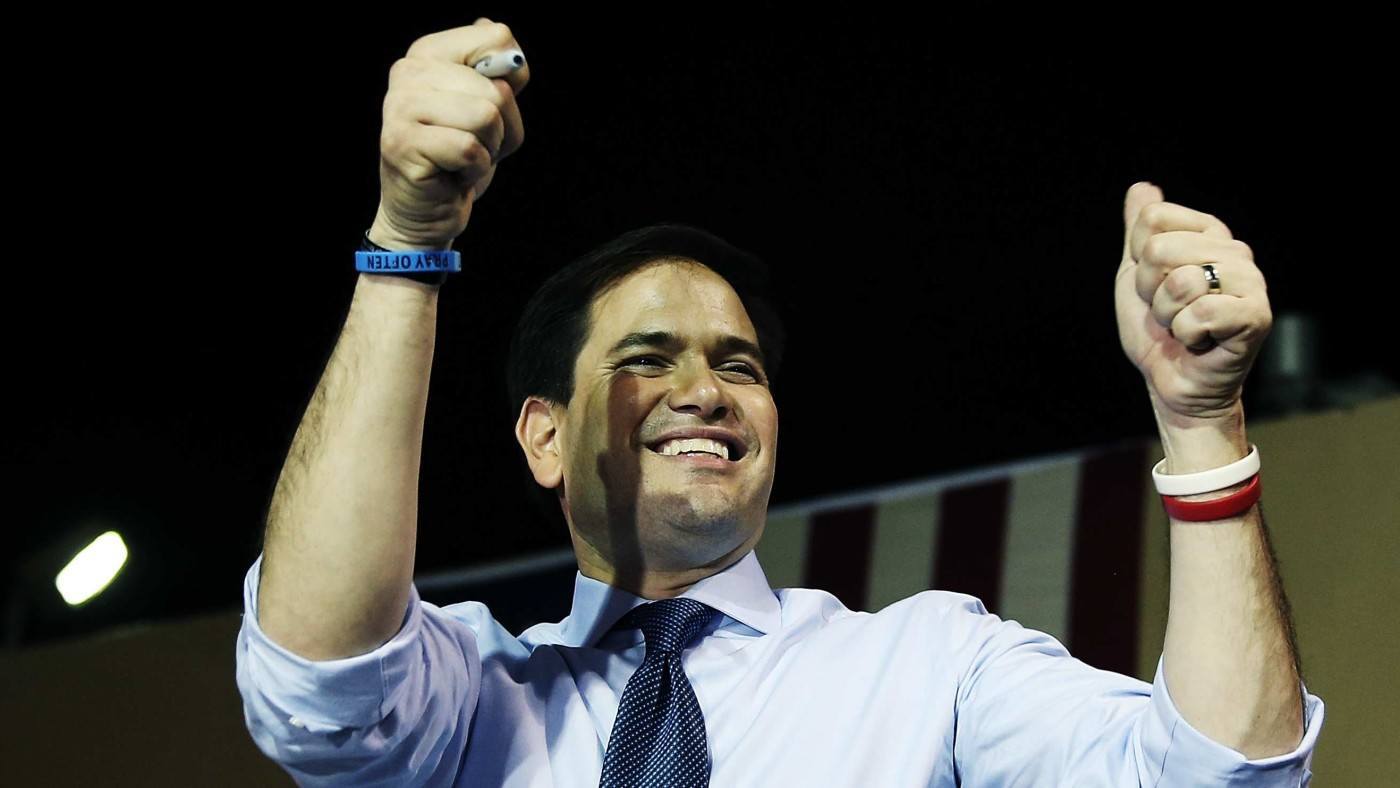Senator Marco Rubio is out of the presidential race, and with him some good policy ideas, especially his proposals for higher education reform. Voters may not miss Marco Rubio, they should miss his higher-ed ideas.
The problems of our higher education system are as follows: student debt stands at $1.3 trillion and defaults are up to 12 percent. Graduation rates from four-year colleges are a paltry 59 percent, and around one-third of all graduates are underemployed.
Starting with student debt, one of Rubio’s signature proposals would have abolished federal Stafford loans (the most common type of student loan) and replaced them with the IDEA loan, which borrowers would pay back by surrendering a specified percentage of their income to the government. Instead of making fixed payments, students repay based on their earnings. Such a policy would have eased the burden on borrowers paying back their student debt.
However, student debt is only part of the problem. The part politicians are more reluctant to talk about is how to introduce accountability into the system. Currently, to be cut off from federal student aid, an institution’s enrollees must reach a default rate of 30 to 40 percent—quite a low hurdle, for even poorly-performing colleges. Just ten institutions reached the 40 percent mark in 2012.
Any reform of student aid must be accompanied by improvements to accountability. It is not necessary for dropout rates, underemployment, and loan defaults to be as high as they are.
Where government has failed, the market can provide a solution. Rubio was alone among the major presidential candidates in proposing expanding the role of the private sector in college finance. Specifically, he introduced legislation which aimed to expand access to private income-share agreements (ISAs). These arrangements, in which private investors pay a student’s education expenses in exchange for a set portion of the student’s income, are popular in theory but currently lack a legal framework in which to operate. Rubio’s legislation would have changed that.
Investors are bound to be more careful with money when it is their own, not the taxpayers’. Private ISAs would weed out colleges which fail to ensure students graduate and find good jobs, since students without bright career prospects would cause investors to lose money. Rather than relying on the government to create arbitrary rules for colleges, private investors could use their own expertise to identify, and guide students toward, the most promising institutions.
Creating a legal framework for ISAs is not enough, however and it is where Rubio’s higher-ed plan fell short. Rubio’s reforms would have kept PLUS loans for undergraduate students. PLUS loans are essentially a backdoor for students’ parents to borrow unlimited amounts of money from the taxpayer, and a boon for colleges that want to increase tuition. These loans are offered at below-market interest rates, so there is little reason to expect that most students would opt for an ISA over a PLUS loan.
Still, Rubio’s higher education ideas, with their dual emphasis on federal loan reform and an expanded role for the private sector, likely came as close to holistic as we will see in this campaign cycle. Though Rubio exits the race (and the Senate as well), we should hope that his platform will be a starting point for the next Congress and the next administration.


